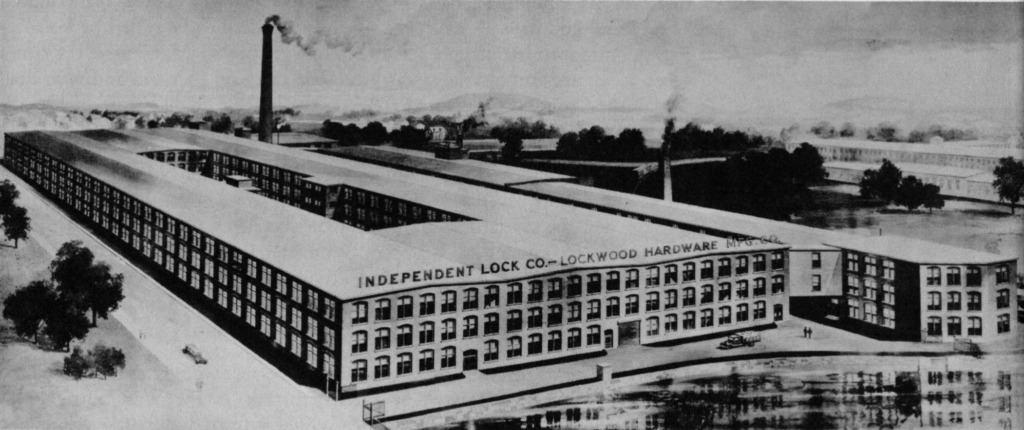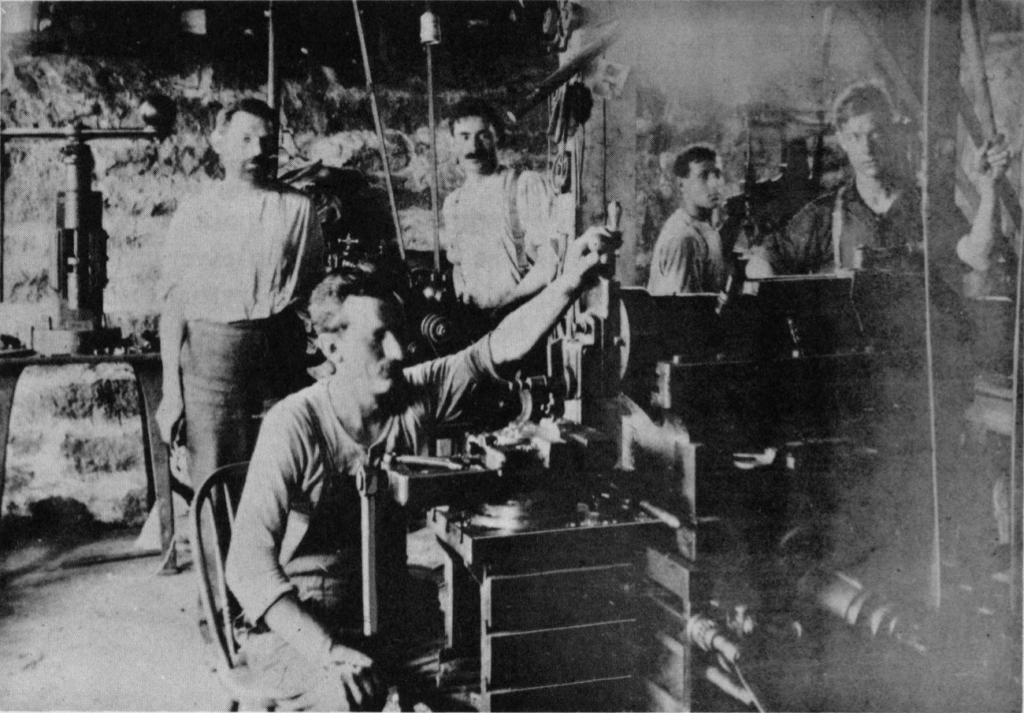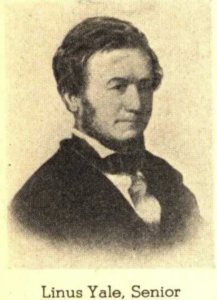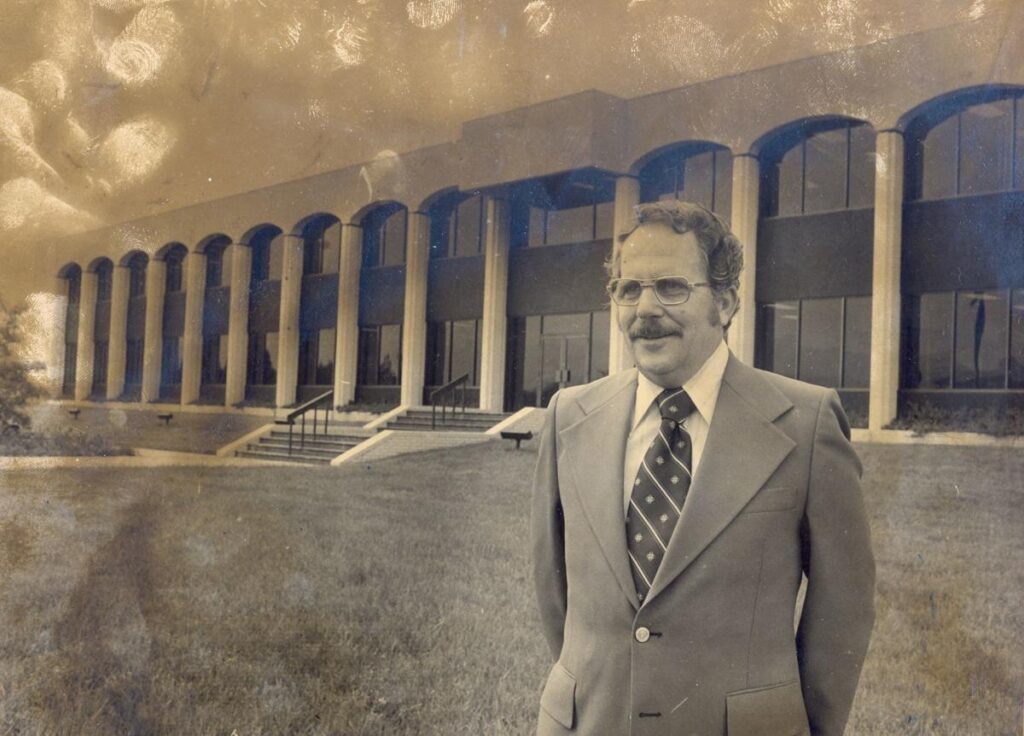Note: The following is a republished excerpt from the Lockwood Hardware Manufacturing Company’s Lockwood – The story of its past, the basis for its future. Published in 1953, and based almost entirely off of literature produced for Lockwood’s 1952 sales convention, it recounts the history of the Lockwood Hardware Manufacturing Company from 1834 until 1952.
By 1953, the Lockwood Hardware Manufacturing Company, then a division of the Independent Lock Company with both being headquartered in Fitchburg, Massachusetts, fielded branch offices in New York City, Philadelphia, Baltimore, Chicago, and Selma, Alabama along with five manufacturing plants in Fitchburg and one in Selma.
We have made no changes to this excerpt and what you see is exactly how it was printed in 1953, albeit in a different medium.

1932. Present Plant No. 1 in Fitchburg, Mass. Acquired at the time Lockwood Hardware Manufacturing Company was moved from South Norwalk, Conn.
Chapter Five, Lockwood Hardware Manufacturing Company 1932 to 1940
THIS development period, from the time the plant was moved from South Norwalk, Conn., was a critical one in determining the future progress of Lockwood. The next few years were a period of transition. One of the first requisites was a new catalog which was published in 1932. It was soon realized by the new management, however, that if Lockwood was to be a real factor in the industry, a complete overhauling was necessary. A program was started which has continued to this very day and projects itself far into the future. Continue reading



